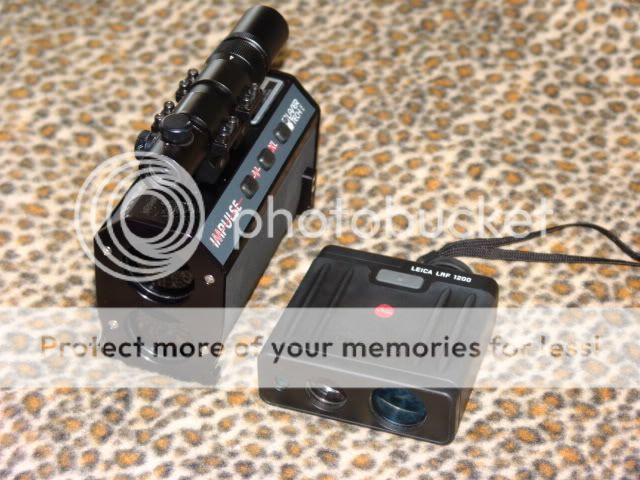jeff 300
Well-Known Member
what does every one think of the ziess prf range finder over the swarovski. get the + and -'s to both.
 Help Support Long Range Hunting Forum
Help Support Long Range Hunting Forum
We were ranging a tree mid day, partly overcast. Range was something like 1150 yards. Swaro was reading once out of every 3 or 4 tries. Leica was hitting it every time. Both Swaro and Leica was getting with in one yard of each other and the Zeiss was reading 100 yards less.

1150 yards is equal to 1051.56 meters. I have no doubt that you had the Swarovski and the Leica set to read in yards and the Zeiss set to read in meters. How did I notice that? I've done the same thing. Most rangefinders can be set to measure either meters or yards but many don't display which they''re set to.
1150 yards is equal to 1051.56 meters. I have no doubt that you had the Swarovski and the Leica set to read in yards and the Zeiss set to read in meters. How did I notice that? I've done the same thing. Most rangefinders can be set to measure either meters or yards but many don't display which they''re set to.
My two favorite rangefinders are a Leica LRF 1200 and a Laser Technology Impulse 200XL. Max range of 1200 and 2400 yards, weight of 12 oz and 2lb 6 oz. The 200XL also measures inclination.

opticsplanet is a "discount distributor":how much was that Laser Technology Impulse 200XL?
how well does it work on animals?
Leat we forget---Beam Divergence is key here folks. The first time you try and range something where you have objects in front of the object you are ranging and the beam is too wide and gives you a reading on the closer object you will know what I am talking about..